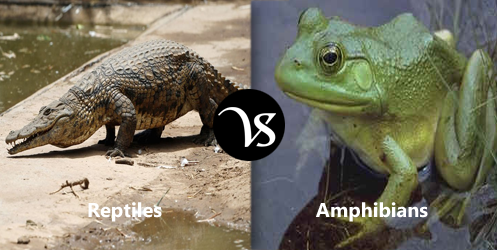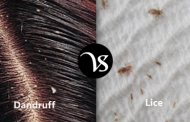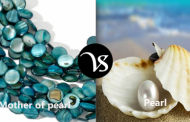 Reptiles:
Reptiles:
Reptiles are animals that are cold blooded which lay eggs and their skin is covered with hard and dry scales. For example: snakes, lizards, crocodiles and turtles. The word reptile means “to creep stealthily under cover of darkness. Reptiles live on land. Reptiles have scaly skin.
Amphibians:
Amphibians are the animals which can live in both land and in water. Amphibians are cold blooded. Amphibians are carnivores and predators. The word amphibian is derived from ancient Greek term “amphibious” which means “both kinds of life”. Amphibians are found mostly near water sources.
Differences:
| Basis | Reptiles | Amphibians |
|---|---|---|
| Definition (www.oxforddictionaries.com) |
A vertebrate animal of a class that includes snakes, lizards, crocodiles, turtles, and tortoises. They are distinguished by having a dry scaly skin and typically laying soft-shelled eggs on land. | A cold-blooded vertebrate animal of a class that comprises the frogs, toads, newts, salamanders, and caecilians. They are distinguished by having an aquatic gill-breathing larval stage followed (typically) by a terrestrial lung-breathing adult stage. |
| Synonyms | Coward, informer, wretch, heel and cheater | Toad, frog, salamander, hyla, newt, proteus |
| Antonyms | Crock, snake | |
| Types | Its types are:
|
Its types are:
|
| History | Reptiles arose about 310-320 million years ago during the Carboniferous period, when the first reptiles evolved from advanced reptiliomorph labyrinthodonts. The oldest known animal that may have been an amniote, a reptile rather than an amphibian, is Casineria. | The first major groups of amphibians developed in the Devonian period, around 370 million years ago, from lobe-finned fish which were similar to the modern coelacanth and lungfish. These ancient lobe-finned fish had evolved multi-jointed leg like fins with digits that enabled them to crawl along the sea bottom. |
| Word origin | It is originated from the Late Middle English: from late Latin, neuter of reptilis, from Latin. | It is originated in the Mid-17th century (in the sense ‘having two modes of existence or of doubtful nature’): from modern Latin amphibium. |
| Body metabolism | It is ectothermic (cold blooded). | It is also ectothermic (cold blooded). |
| Breathing | They breathe through lungs. | They breathe through gills and lungs. |
| Skin | Their skin is dry and scaly. Scales are made of keratin. Scale is found underneath the scales. | They have smooth, moist and sometimes rather sticky skin. Laden with mucous glands. |
| Defense | Nails and teeth are used for defense. Reptiles have scales which act as a sort of armor to physically defend the body. | They use toxic skin secretions and can bite. They don’t have nails. They have pedicellate teeth if teeth are present. |
| Limbs | Reptiles have four limbs whereas some reptiles have no limbs. | They have short forelimbs and long hind limbs with five webbed digits. |
| Pronunciation |
|
|
| Reproduction | The reproduction is internal fertilization. | The reproduction is external fertilization. |
| Eggs | These have amniotic egg. They have hard, leathery eggs laid on land or they keep eggs in their bodies until they hatch. | They have soft, gel surrounding their eggs without any hard covering. They are usually found in damp and water places. |
| Live | Reptiles live on land. | Ambhibians live on both land and water. |
| Scientific classification | Animalia- Chordata- Amniota- Reptilia | Animalia- Chordata-Tetrapoda-Amphibia |
| Species | More than 6500 known species of reptiles. Four main groups of reptiles: turtles and tortoises
|
About 5500 known species of amphibians, divided into three main groups:
|
| Heart structure | They have 3 chambered hearts. | They have 3 chambered hearts. |
| Neck vertebra | Multiple vertebras in neck allowing articulation. | Single vertebra in the neck which limits head articulation. |
| Metamorphosis | Reptiles have no larval stages. | Most amphibians use gills while developing their lungs. Some salamanders such as mudpuppy retain their gills throughout their lives which is called neoteny. |
| Birth | Born on land and with strong instincts. Physically look similar to adult. | Born on water or mushy land with gills and tails. Physically look different than their adult counterparts. |
| Example in Sentence |
|
|





